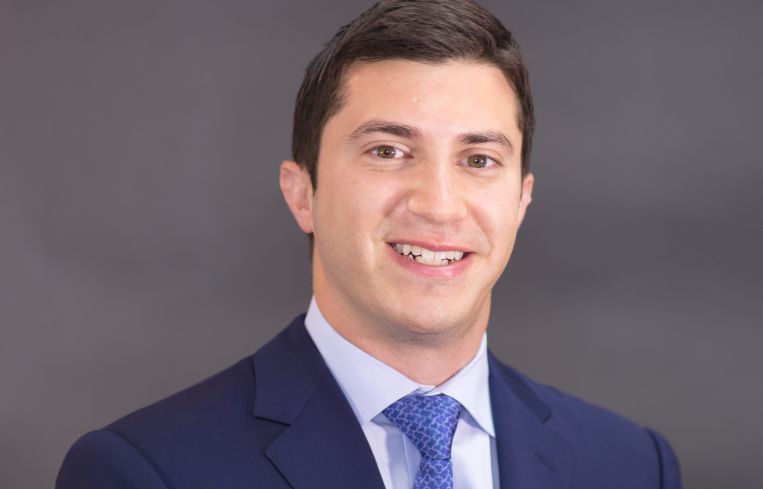Presented By: Partner Insights
What Does the Future Hold For the D.C. Market?
By Partner Insights October 26, 2020 9:38 am
reprints
Morgan Properties is a national real estate investment and management company with over 300 apartment communities and 78,000 units across 15 states. Morgan Properties is currently the fifth-largest apartment owner in the country and its multifamily portfolio is valued at over $11 Billion. Commercial Observer’s Partner Insights team sat down with Jason Morgan, Principal at Morgan Properties to discuss what he thinks the future holds for the D.C. market.
Commercial Observer Partner Insights: What asset classes are performing best in the D.C. market?
Jason Morgan: For years, there has been a tremendous amount of overbuilding of Class A, multifamily properties throughout the D.C. metro area. Micro-units and communal spaces were the new normal. Developers were building for skinnier and skinnier cap rates, hoping to be bailed out by the seemingly unlimited demand for urban living.
While the demographics shift towards the suburbs from the urban core was starting to occur pre-COVID-19, the pandemic has massively accelerated it. Renters are migrating out of the city and into the suburbs in search of an apartment that is not only more spacious, but also more affordable.
Class A urban rents are facing a death spiral with enhanced concessions and an overabundance of supply, in contrast to suburban multifamily, which is benefiting from increased demand, and for the first time, an appreciation for all that the suburbs have to offer — more privacy, more space, amenities, and proximity to great schools and employment hubs.
Increased demand has led to rental growth that’s far outpaced anyone’s expectations. When the dust settles, there will clearly be winners and losers through all of this.
What are your market projections for the next 6 months? The next 12 months?
Morgan: In the beginning of the pandemic, many real estate investors were cautious and wanted to better understand the impact COVID-19 would have on the economy, collections and asset values before pursuing new transactions. This flat-footedness represented an opportunity for investors like Morgan Properties to capitalize — we had tremendous confidence in our seasoned executive team, who has persevered through multiple crises since our company was founded.
Within weeks of the pandemic, we expanded our balance sheet and looked to be opportunistic wherever possible. We have since closed on the largest acquisition post-COVID-19 shutdown with our $323 million acquisition of 3,256 units in the Carolinas [portfolio].
Now, as the economy is starting to slowly recover, there has certainly been a continued uptick in deal activity, as interest rates are at a historical low and are projected to stay low for the next 24 months.
There are strong indications that investors will turn to suburban, Class B multifamily as the nationwide trends towards de-urbanization and de-dedensification continue to occur. Appetite for and, subsequently, valuations of Class B multifamily will increase given its continued recession resilience, ability to be acquired at a significant discount-to-replacement cost, and better demand dynamics than its Class A peers.
Closing thoughts?
Morgan: When compared to other major economic downturns, the pandemic has been unique in the way it has affected not only the United States, but the entire world. The challenges COVID-19 has placed on how we live and conduct business will have long-term effects on the multifamily sector.
As we continue to adapt to our new reality, it is important to remember that resilience is key. Uncertainty always plays a role in our industry, and it is essential that leaders think differently, be tenacious, and continue to be opportunistic.
Join Jason Morgan and other CRE professionals at the 4th Annual Financing Commercial Real Estate Forum | Washington, D.C on November 17, 2020. Click here for more information.


